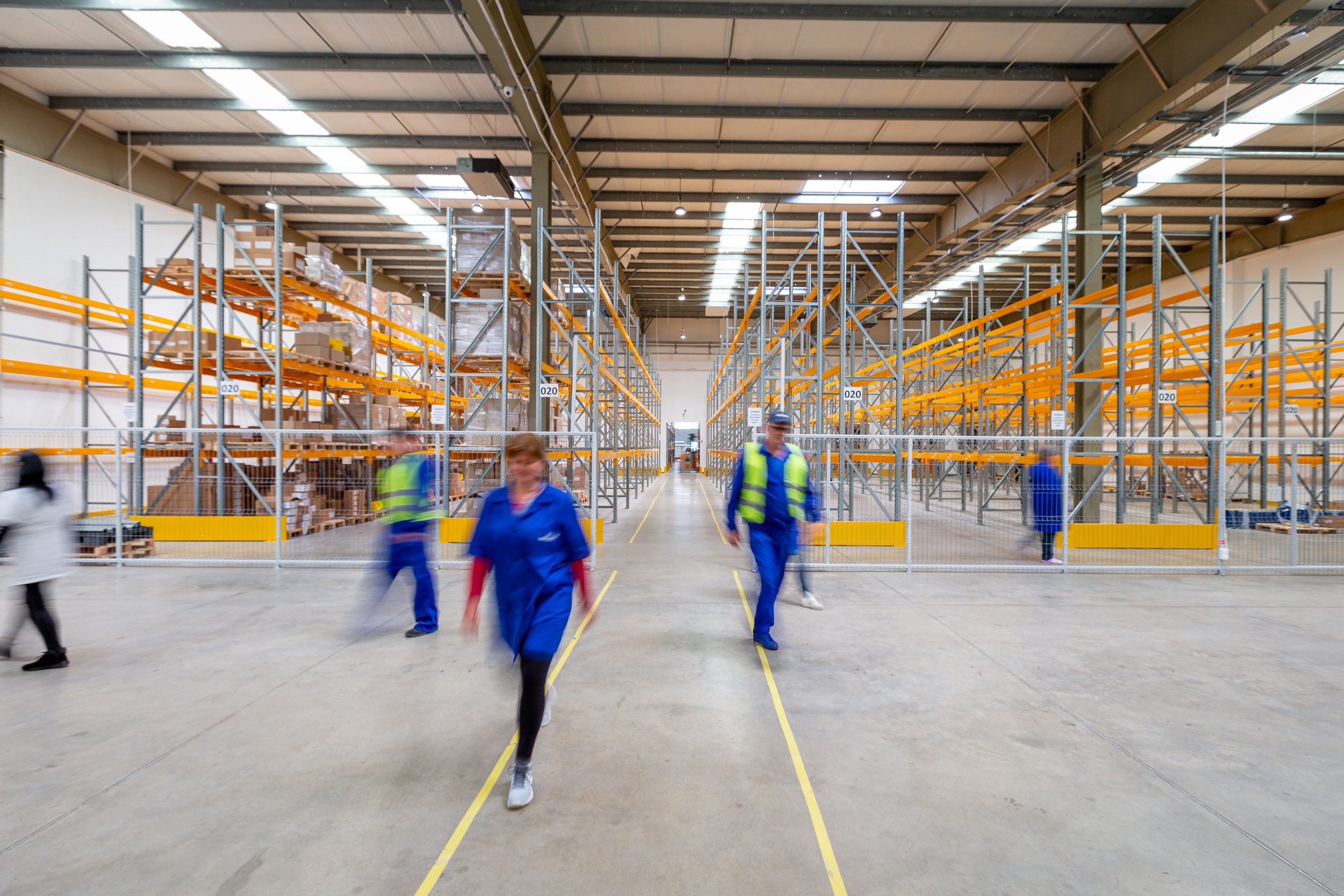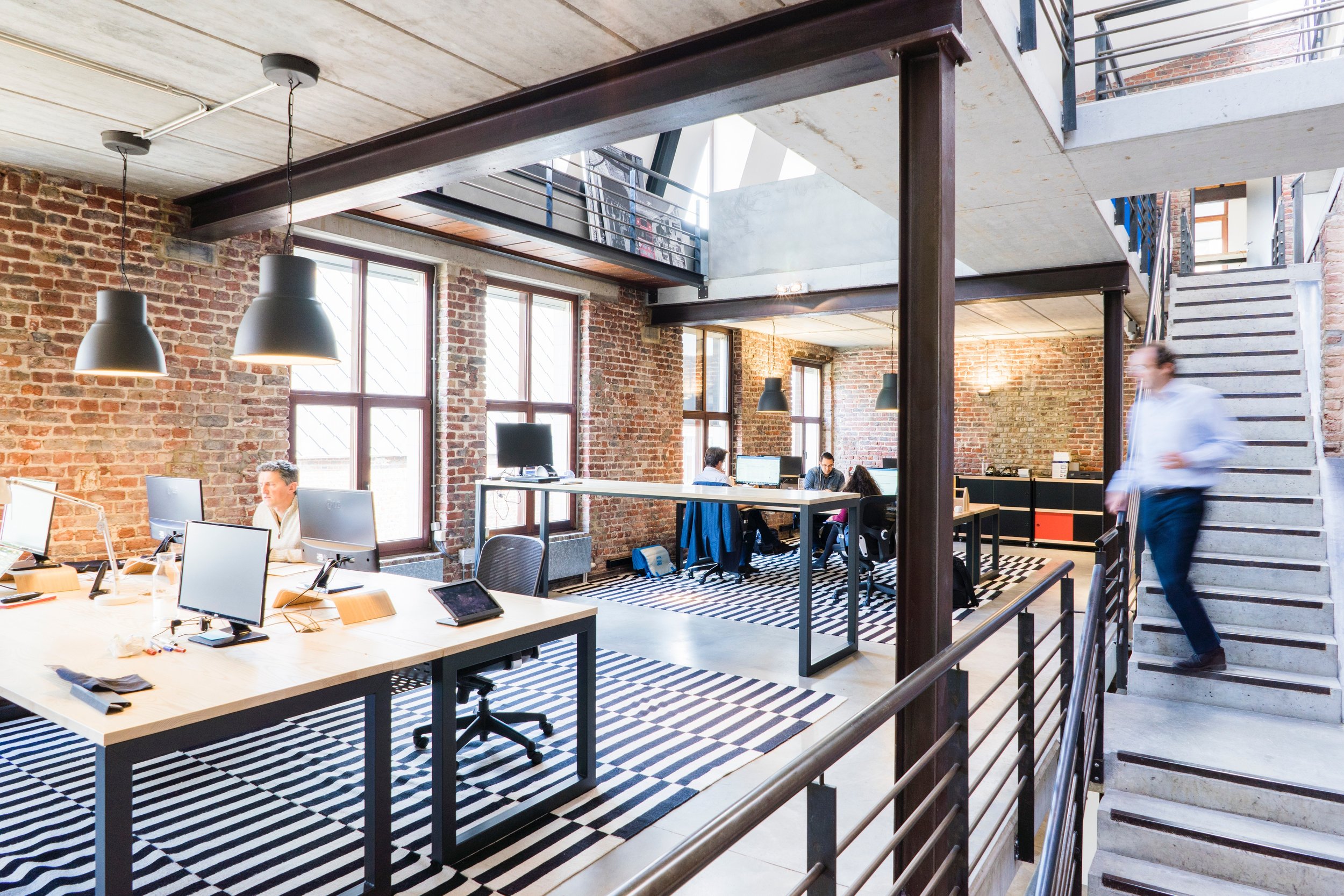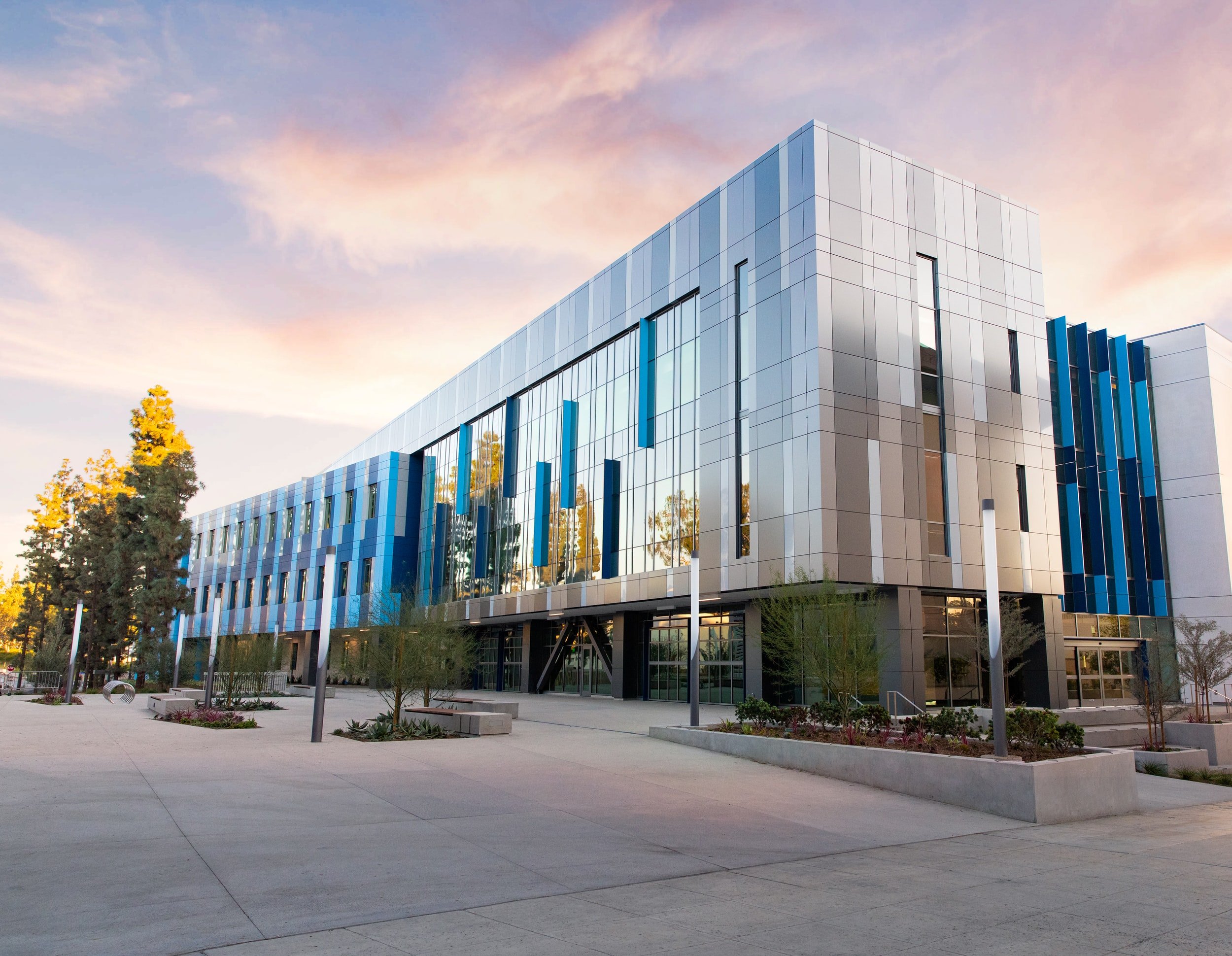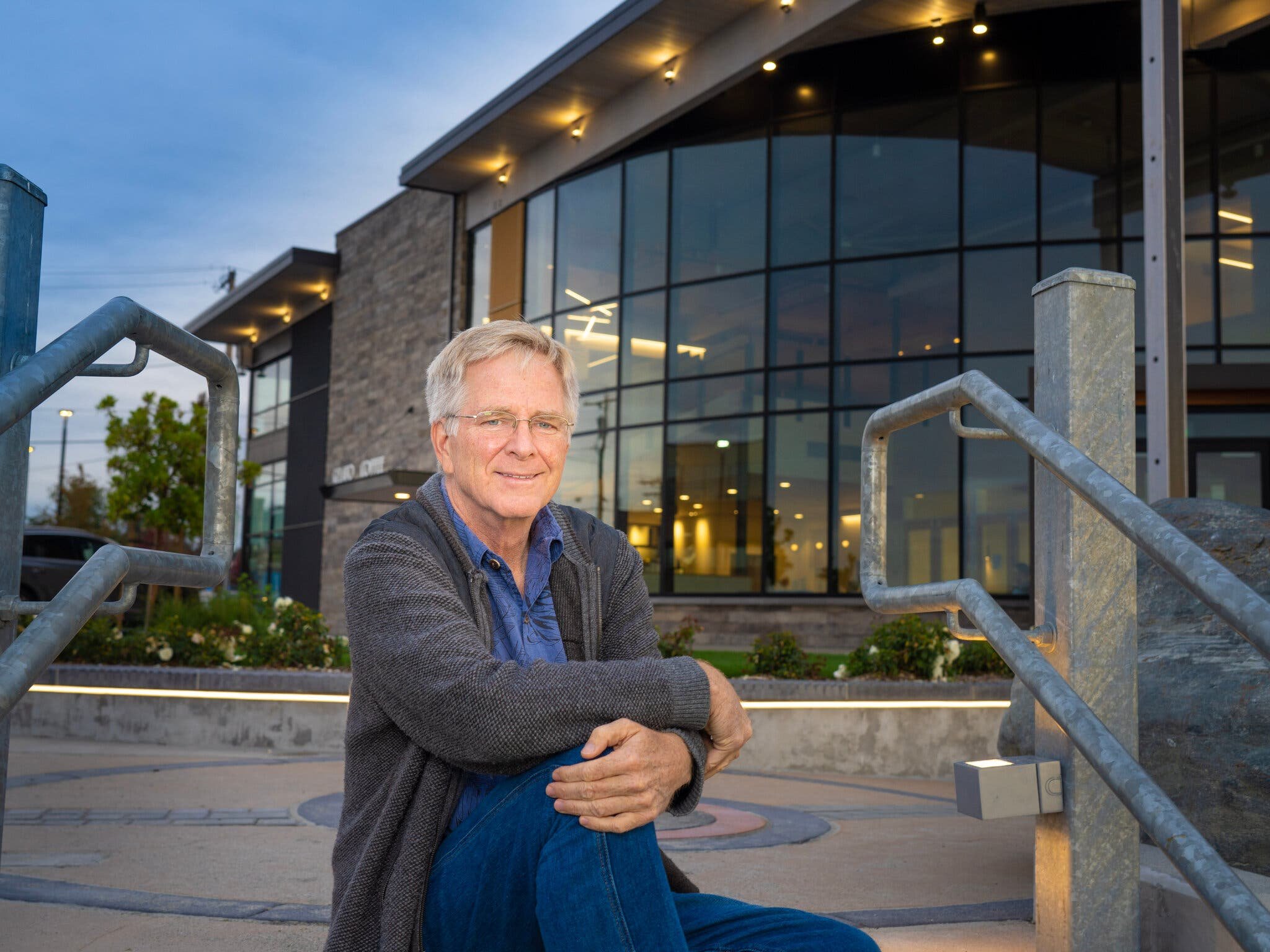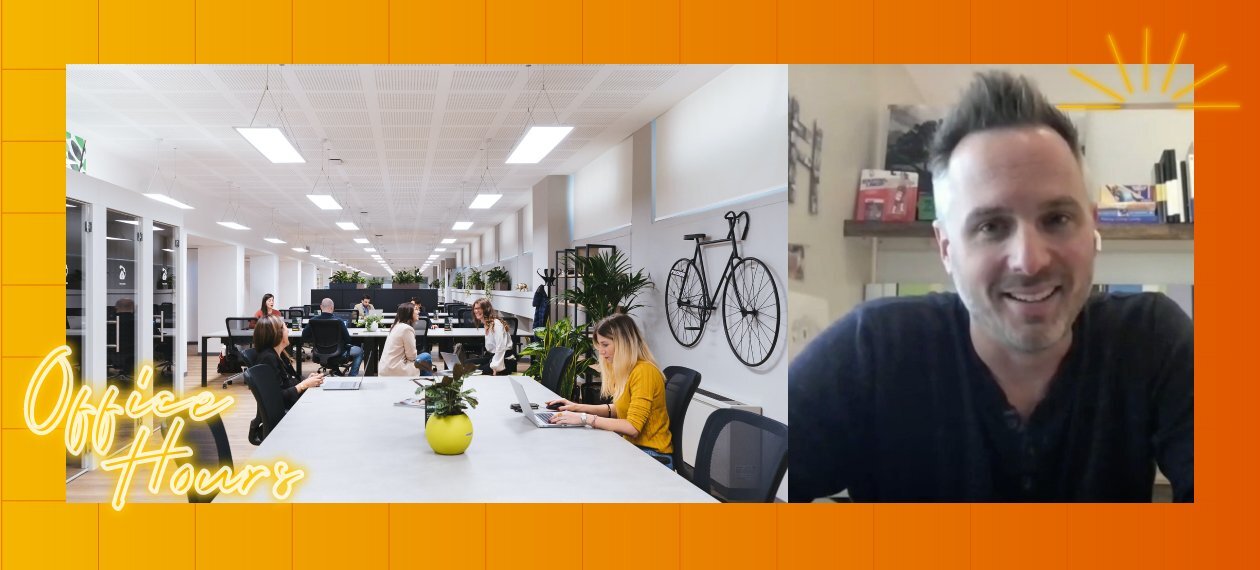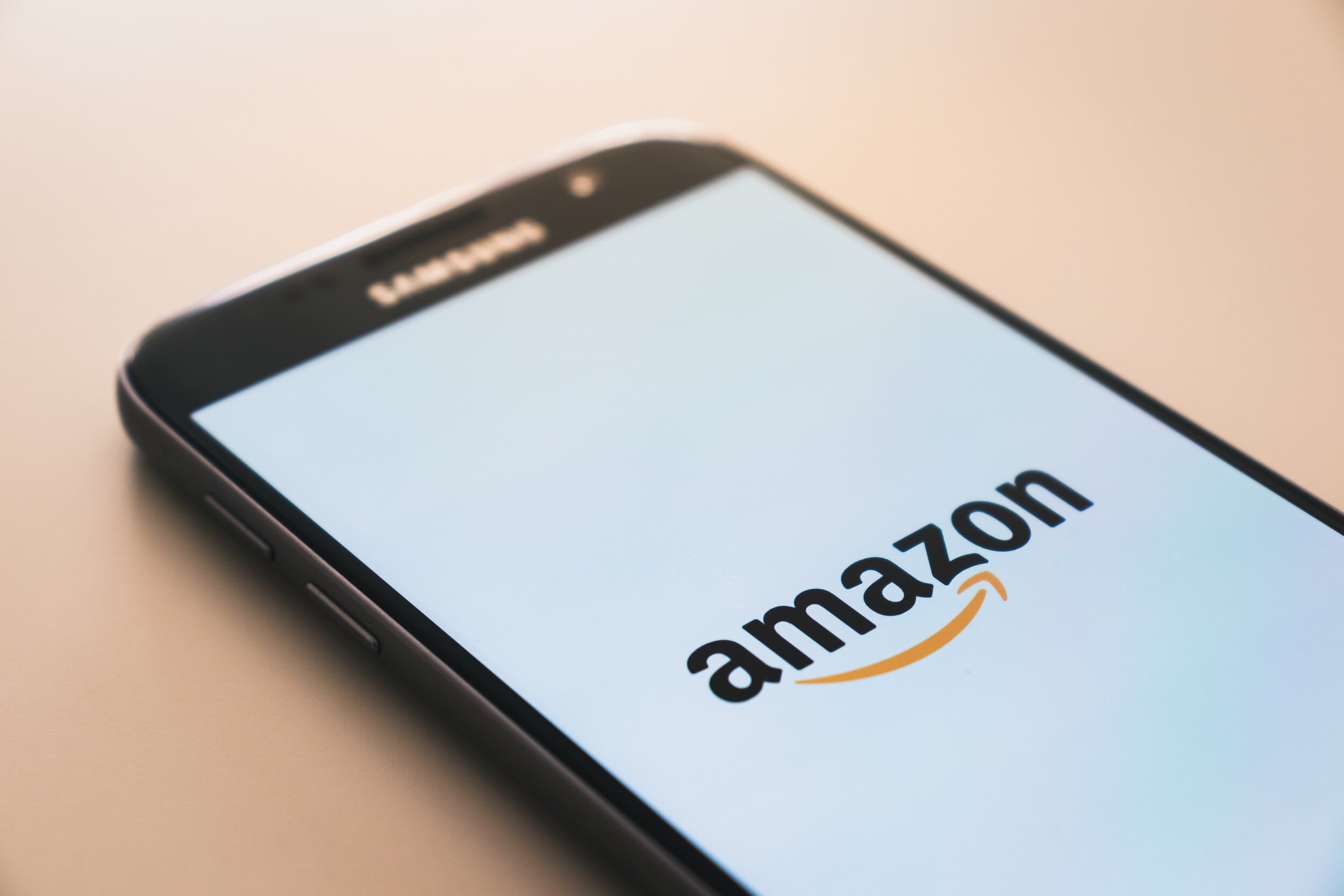Power Reads: 5 Interesting Articles That Will Help You This Week
/Each week, I select a few articles that rise above the fray and hopefully help you on your journey in leadership and the CRE world. They pull from one of four "corners": corporate real estate, technology, management science and anything positive. Each day we can become a better version of ourselves.
1. From 'The Butt End Of Real Estate' To Blind Bidding Wars: Inside The Staggering Rise Of Industrial
When Rooney Daschbach started working warehouses in 1986, finding tenants was a struggle.
“He would advertise teaser rates of 25 cents a square foot for the South Bay Los Angeles properties he was marketing, sending out rate cards illustrated with pictures of quarters. To woo tenant reps, he and colleagues would offer free weeklong vacations to Hawaii, even the occasional car. ”
In a market with 12% vacancy, he would even allow tenants to lease space month-to-month, letting them pay just enough to cover warehouse owners' operating expenses and pay their mortgage.
2. Design an Office that People Want to Come Back to
As the Covid-19 crisis enters its third year and the Omicron variant surges, organizations around the world are contemplating how, when, and even if to have their knowledge workers resume regular in-office hours. And they do so at a time when the views and priorities of their employees have shifted. A recent McKinsey study showed that well-being, flexibility, and work-life balance are top of mind. A survey Microsoft conducted last year indicated that 41% of the global workforce would consider switching jobs in the next year, with 55% noting that work environment would play a role in their decisions.
“Our firm was put in a unusual position in 2020: we were hired to design the headquarters of the Korean fintech company Hana Bank during the very period when the pandemic was forcing business leaders to rethink the purpose of the office. But the process — and the resulting building — wasn’t a reaction to Covid. Rather, the crisis highlighted and accelerated trends that had been bubbling under the surface for years, including an increased focus on employee mental and physical health, the needs of a multi-generational workforce, greater emphasis on corporate purpose, and the shift to remote work.”
The pandemic raised the stakes for companies looking to retain top-tier employees and build thriving cultures. Here are some of the principles we employed and lessons we took away from the Hana Bank project as well as our recommendations for how organizations can implement both small and large-scale changes in enticing people to return to in-person work.
3. The Office Market May Be Turning a Corner
There’s some good news for the office market, according to Transwestern. In the company’s 2021 Q4 review, there was quarterly office absorption of 644,000 square feet, which the company described as “turning a corner,” as “33 out of 51 tracked markets registered positive net absorption as market correction is underway.”
“The five areas with the biggest increases in net absorption were in Boston, San Jose-Silicon Valley, Dallas-Fort Worth, Seattle, and Charlotte. When looking at trailing four-quarter net absorption, the top five were Austin, Raleigh-Durham, San Jose-Silicon Valley, Oklahoma City, and Nashville. About 30% of the markets that Transwestern tracks showed positive net absorption over the previous 12 months.”
Seattle, San Jose-Silicon Valley, Charlotte, Austin, Salt Lake City and Raleigh-Durham had all been experiencing an expansionary trend, meaning positive net absorption percentage of office space before the pandemic.
4. That Blinking Office Voice Mail? Don’t Worry. Everyone Else Ignores It, Too.
Chris Galdieri hasn’t checked his work voice mail in nearly two years and he isn’t sorry. Like millions of office workers, Mr. Galdieri, a professor at Saint Anselm College in Manchester, N.H., was sent home at the start of the pandemic. A few months later, when he came back to pick up some books, he glanced at his desk phone and saw his voice mail was full.
“He cheerfully walked away. “It was like, everything else in the world is on fire, everything’s falling apart, but at least I’m not getting any more voice mails,” he says. Even after he resumed on-campus teaching last fall, he didn’t bother tackling the blinking light on his phone. By now, he can’t remember his passcode. “I can’t say anyone’s noticed or complained,” Mr. Galdieri said.”
When a hush swept offices in March 2020, cubicle plants started withering. Snacks went stale. Shelves sprouted cobwebs. Missed calls mounted. Fast forward nearly two years, and even after some workers have returned to their desks—plants revived, furniture vacuumed—the red lights on many office phones still blink forlornly.
5. A Few Years Ago, This College Dropout Was on Food Stamps. Now He Owns a $90 Million Company
Scott Everett's Dallas real estate company, S2 Capital, spends years working to turn underperforming or distressed properties into moneymakers. It's a tremendously successful business model--and, in a way, a metaphor for Everett's entire adult life.
“Less than a decade ago, Everett was a teenage father and community college dropout waiting tables and relying on government assistance. Since then, he has taught himself the real estate business, weathered a recession-battered housing market, and built a 250-employee business that last year generated $89.5 million in revenue.”
Everett wound his way through multiple areas of the real estate industry before hitting on one that worked. He first attempted to improve his station by flipping houses, an unfortunate choice in 2007-08. With the market imploding, he shifted to the commercial side, and later began focusing on apartment complexes.
Your success blesses others. I wish you a great and hugely impactful week!


